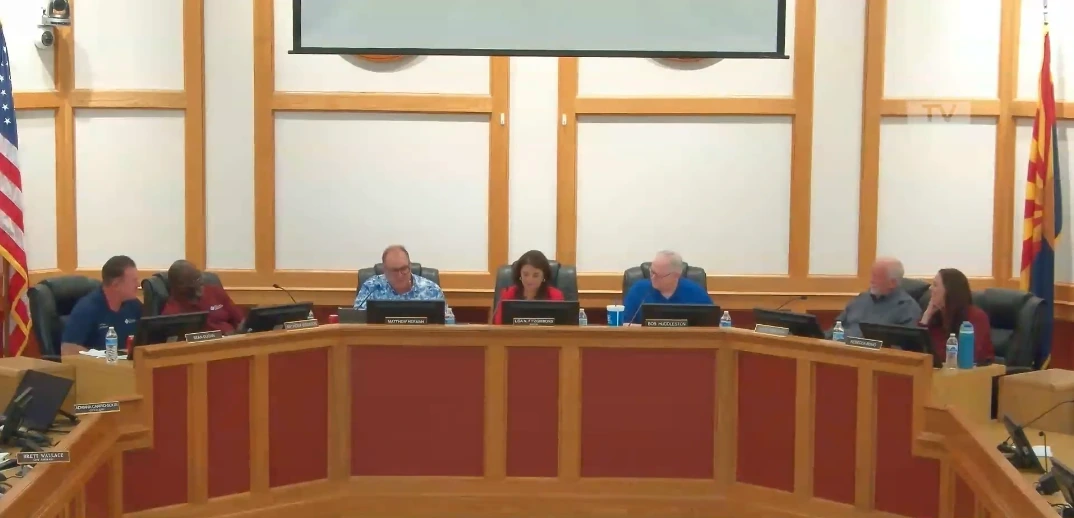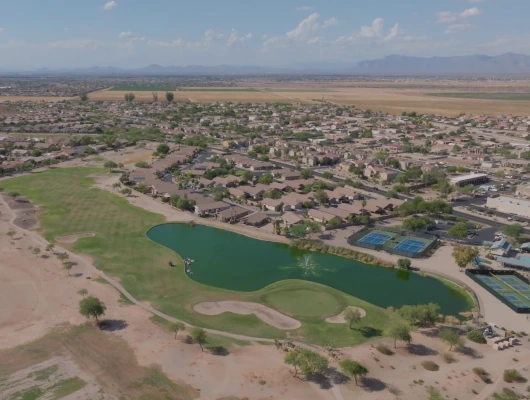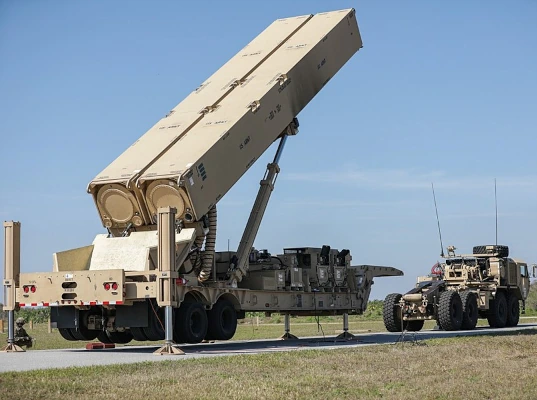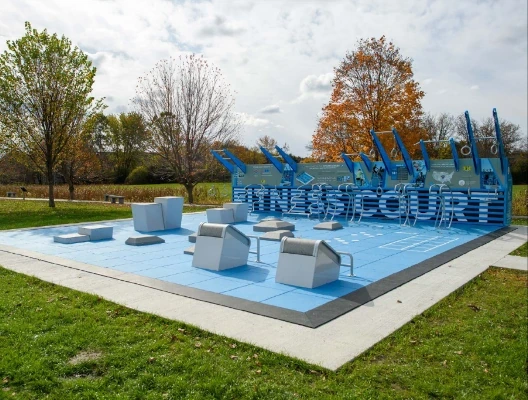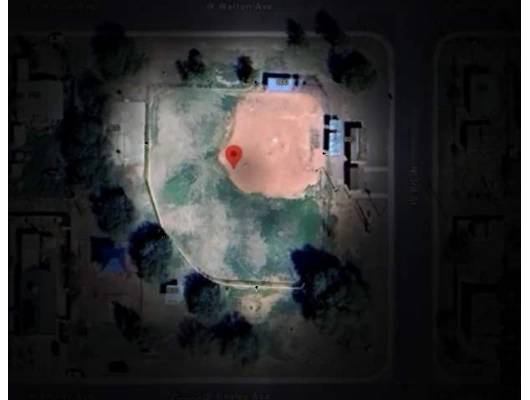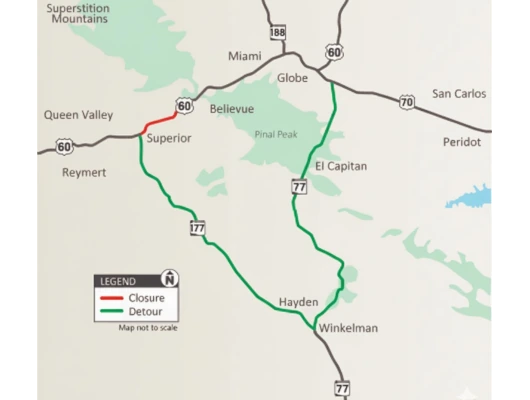The Casa Grande City Council unanimously approved amendments to the city’s subdivision code on November 3, 2025. While House Bill 2447 mandated the core changes, the city also updated local standards and corrected technical issues. Planning and Development Director Dan Coxworth presented the updates to Title 16 of the Casa Grande Municipal Code during the regular council meeting.
State Law Eliminates Public Hearings for Subdivision Approvals
HB2447 requires municipalities to review and approve certain land development applications administratively rather than through public hearings. The state law passed in March 2025 and takes effect December 31, 2025. It applies to several types of applications:
- Land divisions
- Lot line adjustments
- Lot ties
- Preliminary plats
- Final plats
- Plat amendments
Under the previous code, these applications required review by the Planning and Zoning Commission and approval by City Council. The new process shifts decision-making authority to city staff. This represents the second phase of Casa Grande’s compliance effort. Council approved the first phase for site plan reviews in September.
Six Chapters Amended, One Added to Title 16
The ordinance modifies multiple sections of the subdivision code. Staff updated Chapter 16.04 to require administrative staff review and decisions. Chapter 16.08 now defines the Planning Director to include the director and designees.
Chapter 16.12 eliminates references to Planning and Zoning Commission and City Council approval requirements. It adds notification requirements for public comment. Chapter 16.16 updates design standards, including new flexibility for block lengths with traffic calming measures.
Chapter 16.20 expands financial guarantee requirements and codifies existing procedures for accepting right-of-way after improvements are completed. Chapter 16.24 removes specific fee amounts. It now references the city’s consolidated fee schedule instead.
New Chapter Streamlines Property Line Adjustments
The amendments add an entirely new Chapter 16.14 to Title 16. This chapter establishes procedures for lot ties, lot alterations, and lot splits. Previously, property owners needed to file a full subdivision plat to adjust a shared property line.
“Simple actions like adjusting a shared property line will no longer require a full subdivision plat, significantly reducing time and cost for property owners while preserving regulatory oversight,” Coxworth told council members.
The new chapter includes definitions for each type of adjustment. It establishes review procedures and criteria designed to streamline the process.
Block Length Standards Become More Flexible
Chapter 16.16 introduces updated design standards for subdivision blocks. The current code requires a variance for any block exceeding 600 feet or twelve times the minimum lot width, whichever is greater. The amended code allows blocks over this threshold up to 1,320 feet if they include traffic-calming devices.
This change eliminates most variance requests for block length. Blocks exceeding 1,320 feet (one quarter mile) will still require a subdivision variance from City Council. Coxworth noted such requests are expected to be rare.
The amendment reflects current trends in subdivision design. Modern layouts increasingly feature longer blocks with appropriate traffic calming or open space breaks.
Public Notice and Comment Process Preserved
Although plat approvals move to administrative review, a notification and public comment process remains in place. Council approved this process in September to ensure continued public participation.
For every qualifying application, staff will mail notices to property owners within 300 feet of the subject property. This provides opportunities for the public to submit comments before staff makes a final decision.
“This will ensure the process remains transparent, accessible, and inclusive for all stakeholders,” Coxworth said during his presentation.
Council Votes Unanimously to Adopt Changes
The council voted 7-0 to approve Resolution 5847 and Ordinance 3483, which adopt the amendments to Title 16. Council members acknowledged the state mandate during their discussion.
Housing Impact Considered
House Bill 2547 requires municipalities to consider a housing impact statement before adopting zoning amendments. Staff’s analysis concluded the changes should have a neutral or positive impact on housing costs.
The amendments reduce the overall timeframe for processing development applications. Faster approvals could allow housing developments to move forward more quickly.
The ordinance takes effect December 31, 2025, meeting the state’s compliance deadline. Three copies of the restated Title 16 are available for public inspection at the City Clerk’s office.
